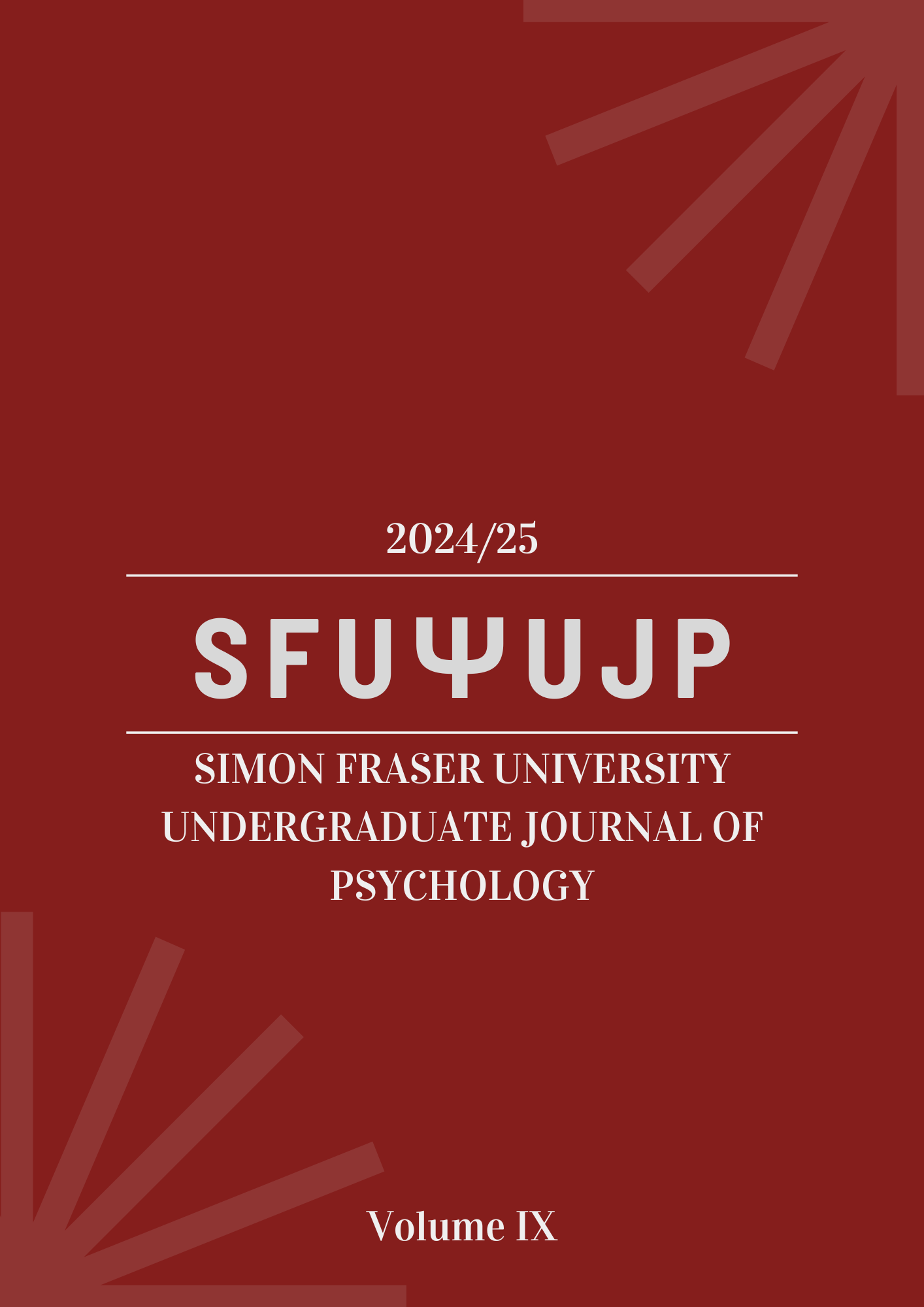Abstract
Alzheimer’s disease (AD) is a progressive neurodegenerative disorder affecting millions worldwide and is often accompanied by significant sleep disturbances, such as sleep fragmentation, early awakenings, decreased sleep efficiency, and insomnia. It has been suggested that the alterations in activity of the thalamic reticular nucleus (TRN) are closely associated with sleep disruptions in AD. Evidence suggests that activating neurons expressing gamma-aminobutyric acid (GABA) within the TRN may enhance sleep quality and potentially ameliorate neuropathology associated with AD. However, the precise mechanisms through which TRN influences sleep disruptions and AD pathophysiology remain poorly understood. In this study, we investigated whether activating GABAergic TRN neurons could alter sleep architecture in wild-type mice. Utilizing optogenetic stimulation, we observed that activation of these neurons did not significantly alter sleep state durations or delta wave power, a key indicator of Slow Wave Sleep (SWS). Furthermore, the application of a two-virus strategy inadvertently led to non-specific opsin expression beyond the targeted TRN area. We discuss the potential factors that contributed to these outcomes, providing directions for future investigations to better delineate the role of the TRN in sleep and AD.
Keywords— Thalamic Reticular Nucleus, Sleep, Alzheimer's Disease, Optogenetics

This work is licensed under a Creative Commons Attribution 4.0 International License.
Copyright (c) 2025 Mayuko Arai, Sean Tok, Brianne Kent

